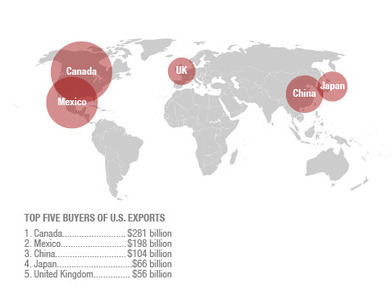New York has long been a city of immigrants, but linguists now consider it a laboratory for studying and preserving languages in rapid decline elsewhere in the world.
This is an excellent video for showing the diffusion of languages in the era of migration to major urban centers. It also shows the factors that lead to the decline of indigenous languages that are on the fringe of the global economy and the importance of language to cultural traditions. Article related to the video available at: http://www.nytimes.com/2010/04/29/nyregion/29lost.html?adxnnl=1&adxnnlx=1317132029-I36HNrdg4+dXkbgUQXnK6w



 Your new post is loading...
Your new post is loading...











This article and video were very interesting. They point out how a city full of immigrants can help preserver a dying language. The work being done to learn about and preserve these obscure languages is great. The fact that in New York you will hear language spoken more there than in their home country is astounding to me and very interesting. This fact is key to preserving these language as they are from areas of the world were the technology level is much lower and less likely to be preserved. It is also interesting as it shows where people are coming from to live in NY. The city draws immigrants like a sponge draws in water and this adds to the cultural mosaic that is NY city.